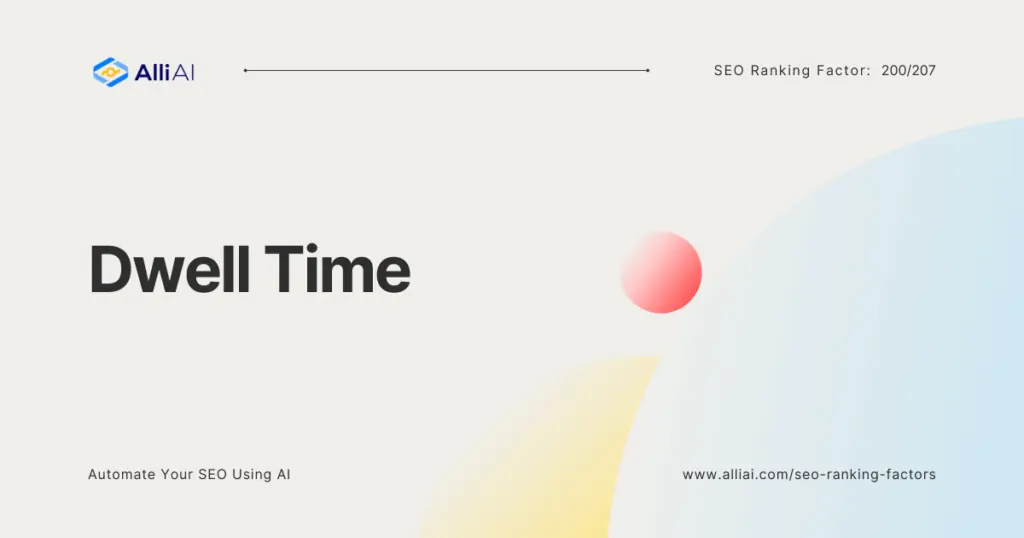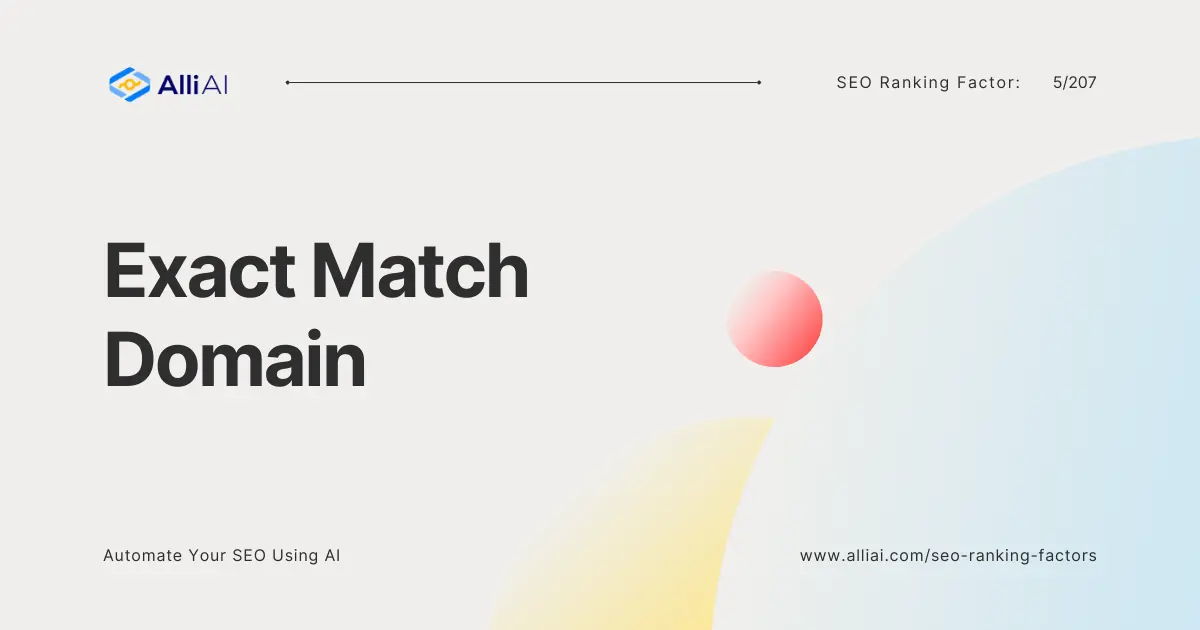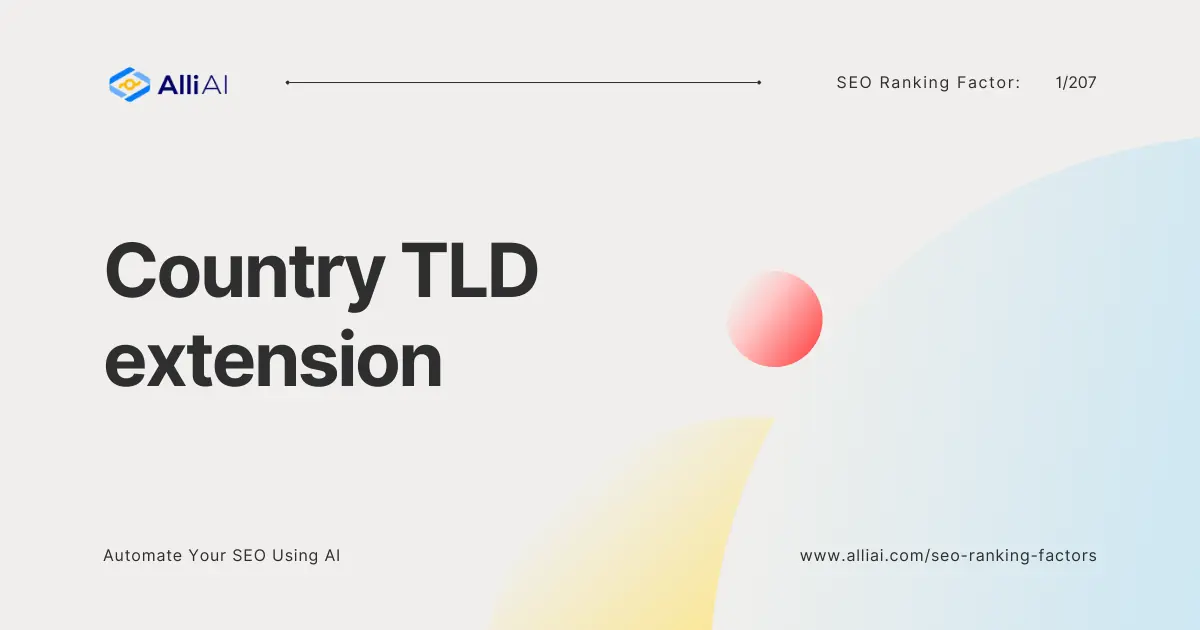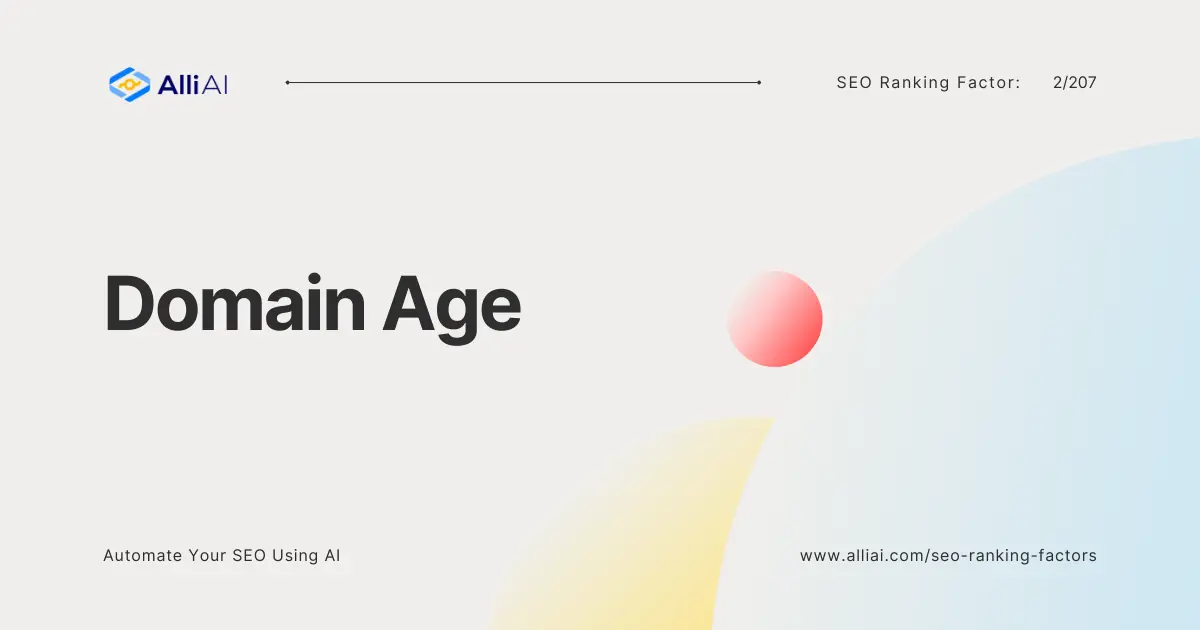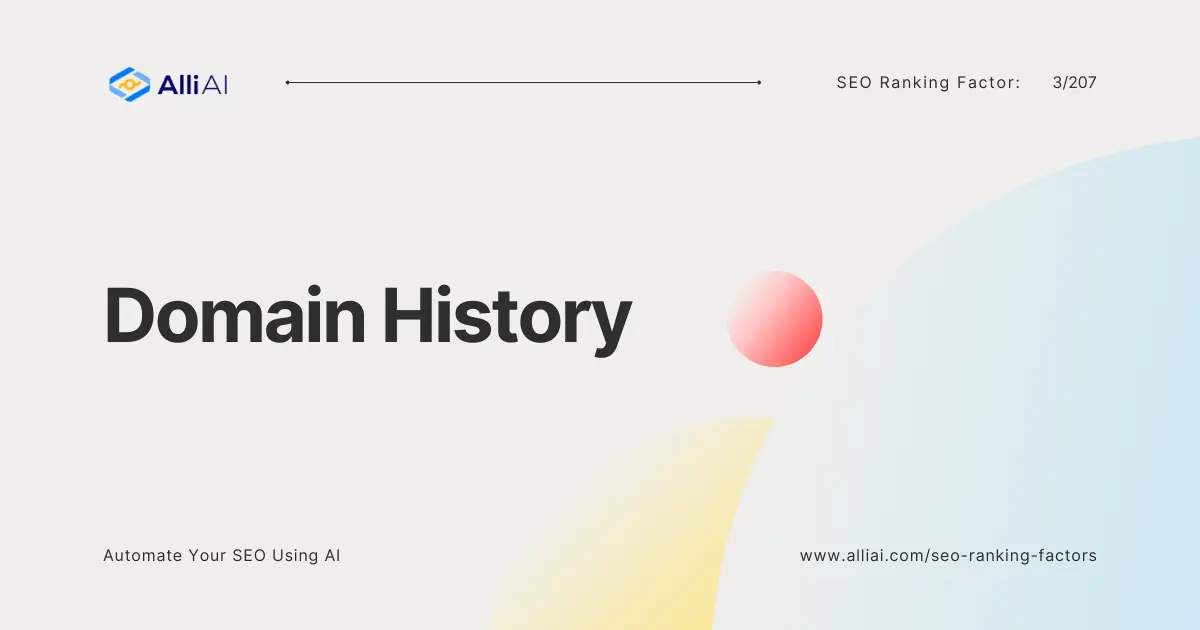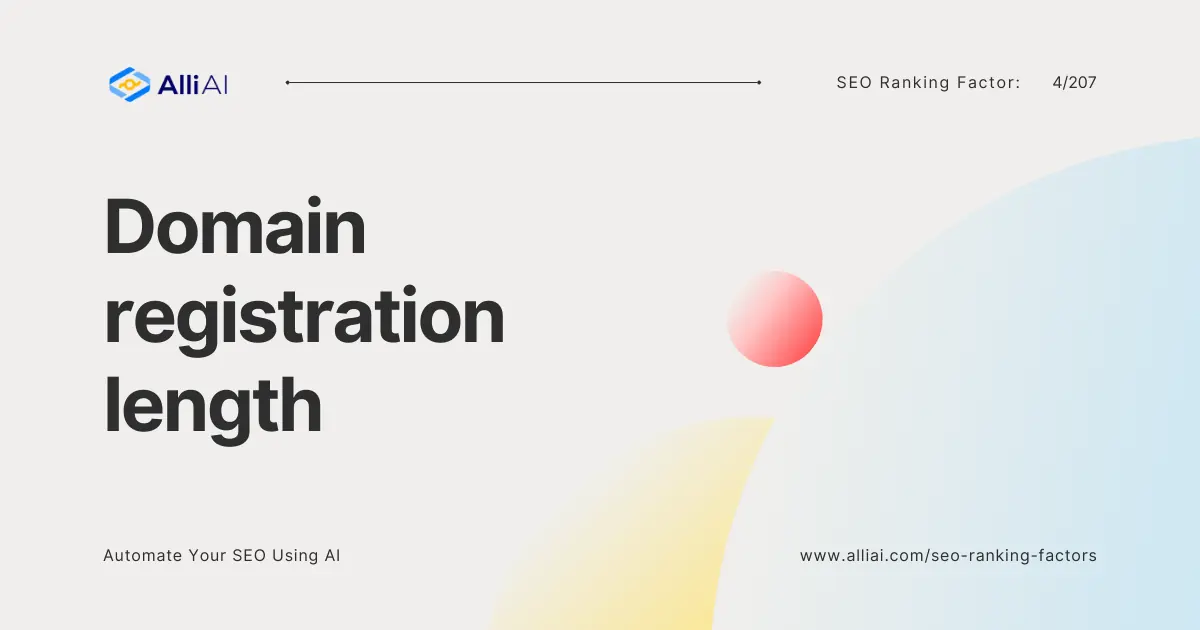What is Dwell Time?
Dwell Time is the amount of time a visitor spends on a webpage after clicking a link in the search results, but before clicking back to the SERPs. It serves as an indirect measure of the relevance and value of the content on the page to the user’s query.
Think of Dwell Time as akin to visiting a café based on a friend’s recommendation. If the café lives up to its promise—comfortable ambiance, great coffee, enticing menu—you’re likely to spend a considerable amount of time enjoying what it has to offer. If, however, the café falls short of your expectations, you’ll probably leave fairly quickly. Similarly, a webpage that satisfies a searcher’s intent and offers valuable content will likely result in longer dwell times.
Why is Dwell Time important in SEO?
Dwell Time is critically important in SEO because it signals to search engines the quality and relevance of a webpage’s content. High Dwell Times indicate that the content is engaging, useful, and answers the user’s query effectively, which search engines reward with better rankings. In essence, Dwell Time acts as a feedback mechanism, helping search engines refine their results to improve user satisfaction.
How Dwell Time affects SEO?
The impact of Dwell Time on SEO can be profound. Websites that consistently generate longer Dwell Times are perceived as offering higher-value content. This can lead to improved rankings, as search engines aim to present the most relevant and useful pages at the top of their results.
– Increased Engagement: Websites with high Dwell Times often see increased engagement metrics across the board, including lower bounce rates and higher conversion rates.
– Better Rankings: Research has shown a correlation between longer Dwell Times and higher organic search rankings. While Google has not explicitly confirmed Dwell Time as a ranking factor, the relationship between content quality, user engagement, and search rankings is well-established.
– Enhanced User Experience: Pages that are user-friendly, informative, and engaging naturally encourage visitors to stay longer, indirectly boosting SEO performance.
FAQ
How can I improve the Dwell Time on my website?
Improving Dwell Time starts with creating high-quality, relevant content that fully addresses the needs and questions of your target audience. Additionally, improving website speed, making navigation intuitive, and ensuring your website is mobile-friendly can help keep visitors engaged longer.
Does Dwell Time affect all types of websites?
Yes, Dwell Time is important for all types of websites. Whether you run an e-commerce site, a personal blog, or a corporate website, providing valuable and engaging content is key to keeping visitors on your page longer.
How is Dwell Time measured?
Dwell Time is measured by tracking the time between when a user clicks on a search result and when they return to the SERPs. Although webmasters cannot directly measure this metric themselves, it’s inferred through closely related metrics like session duration and bounce rate, which are available in web analytics tools such as Google Analytics.
Conclusion
In conclusion, Dwell Time is a crucial, albeit indirect, ranking factor in SEO that signifies the quality and relevance of your website’s content to visitors. By focusing on creating engaging, high-quality content that addresses the queries and needs of your audience, you can significantly improve Dwell Time, which in turn, can enhance your website’s SEO performance. The digital world is increasingly competitive, and understanding the nuances of SEO, like Dwell Time, can give you the edge needed to stand out in a crowded marketplace.
